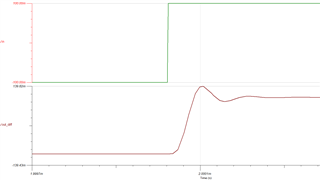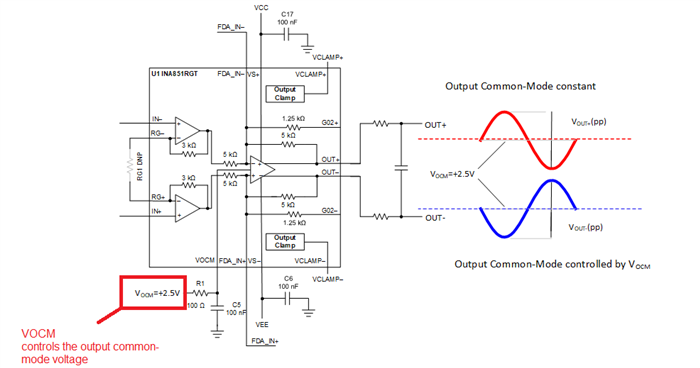Other Parts Discussed in Thread: TINA-TI
Hello,
I am trying to simulate the behaviour of the INA851 instrumentation amplifier on LTspice using TI model: SBOMC50.ZIP (101 KB) - PSpice Model.
Below is my schematic. The gain is set to 1 (RG open), the output clamping function is not used. The input is a 500Hz/100mV square wave.
The input/output waveforms are shown below.
The only good point here is that the output follows the input. However, the dynamics seem very low, the rise and fall times are huge (200us) for a 15MHz bandwidth device.
Also, the output only follows the input for input amplitudes lower than 500mV. Above, the output saturates at 4V/-4V for some reason.


Does anyone have experienced this before? Any idea what could have gone wrong?
Thank you in advance!








